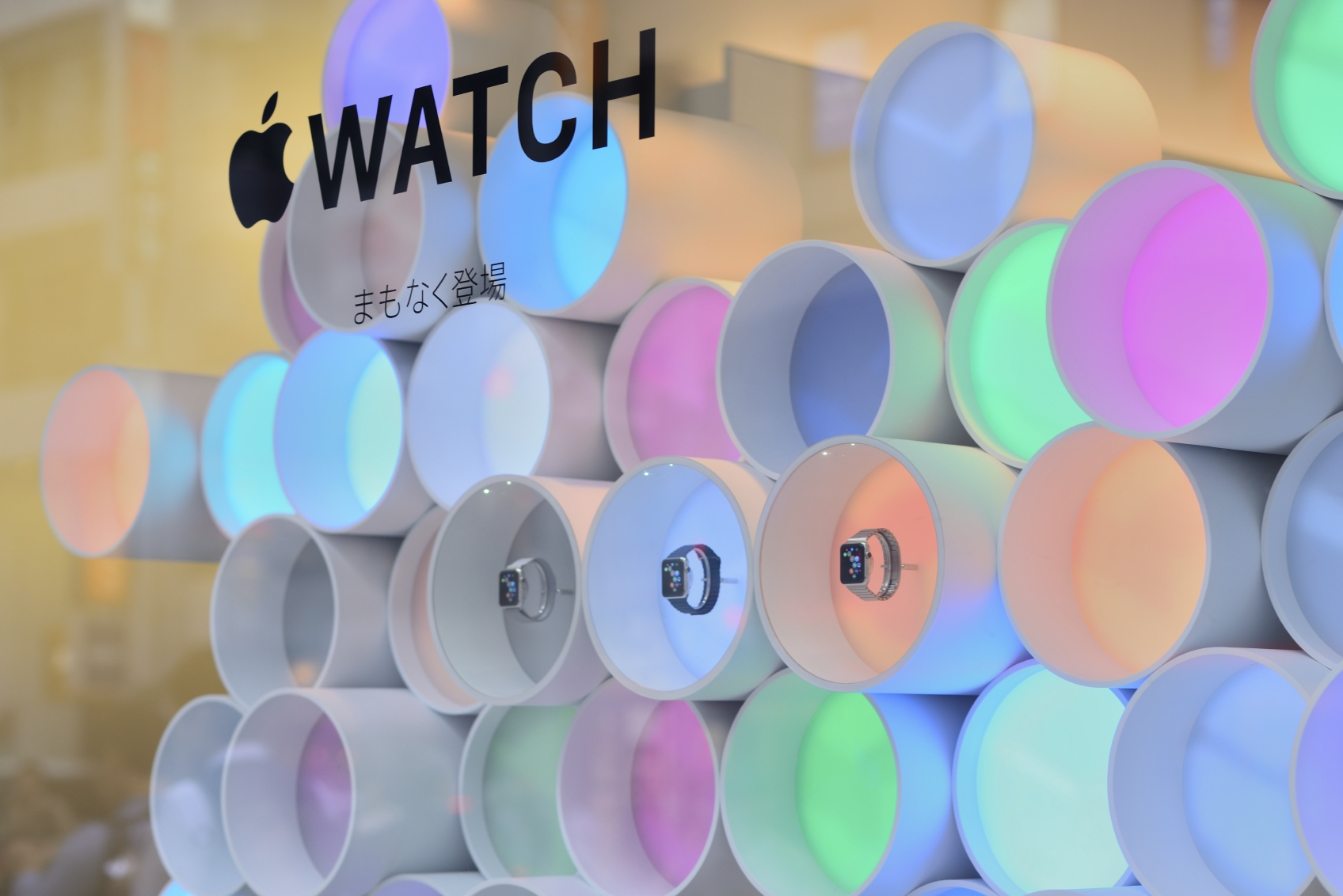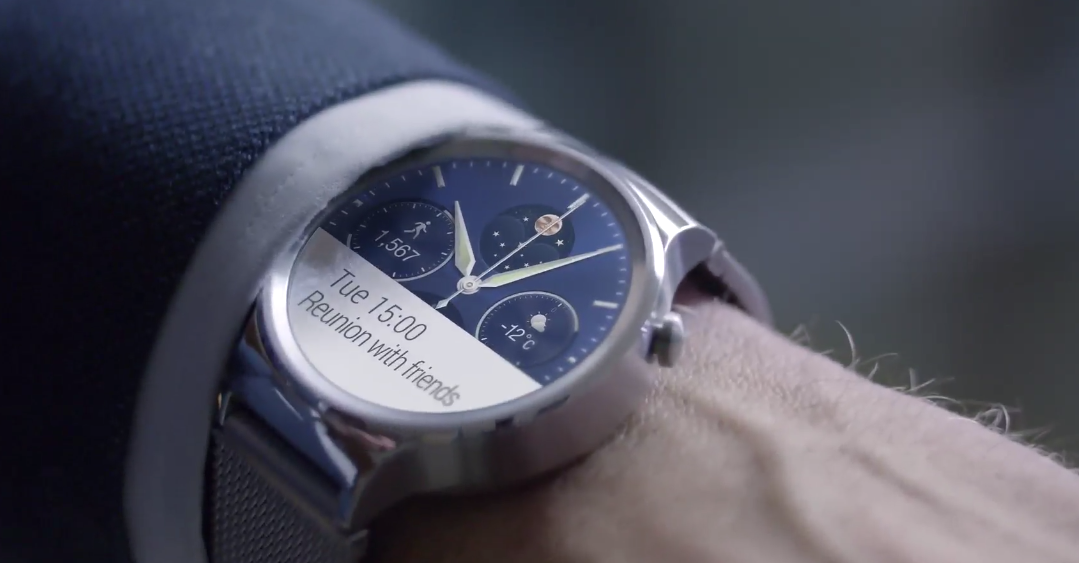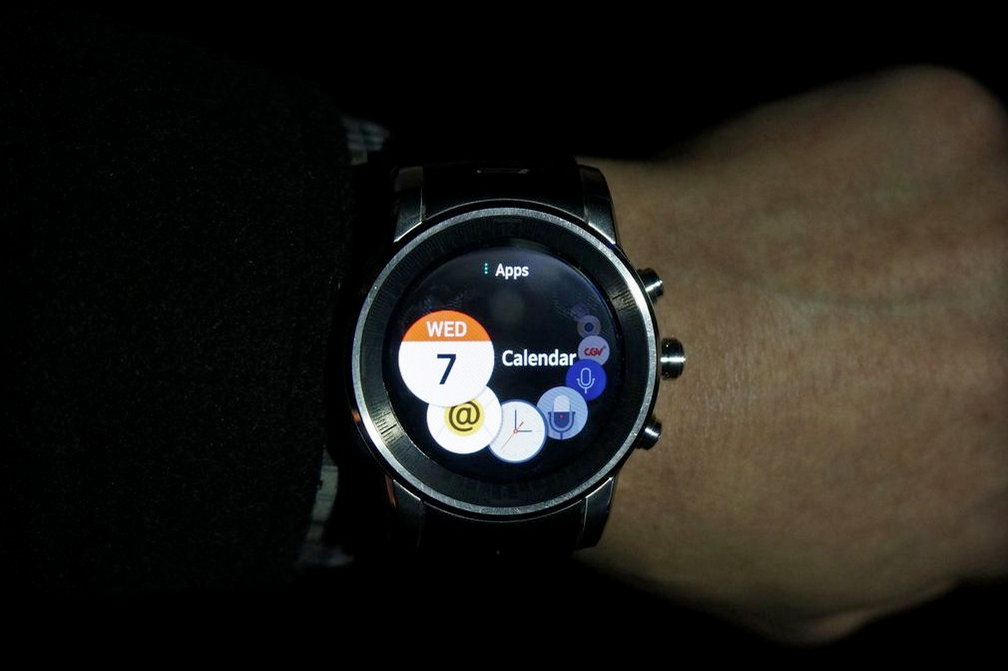Today marks the official ship date for the first batch of Apple Watch pre-orders, but developers and brands have long been preparing for its arrival. With its limited screen space, the Watch might not seem very brand-friendly at first. In order to connect with users of the Watch, brands need to move away from the “interrupt and engage” approach to adding value within the appropriate context. Here’s how three industries are getting ready for Apple Watch:
Mobile Payment and Banking
Equipped with NFC chips, Apple Watch allows users to use Apple Pay without their phones once the devices are linked up. Besides making mobile payment as convenient as a simple lift of wrist, personal banking is also coming to Apple Watch as banks like Citi Bank and CIBC launch apps for Apple Watch. Citi’s Apple Watch app, for example, uses its Glance feature to show clients their financial information quickly, while also subtly notify the users when a purchase is made on their cards.
Healthcare
Another industry embracing the potential changes that Apple Watch might bring is medical healthcare. The use of smartwatches in healthcare communication, in particular, holds great potential to improve the speed and quality of care delivery. While sensors monitoring of activities, sleep cycles, pulse rate, and other biometrics have become standard features on most smartwatches, Apple Watch comes with over a dozen healthcare apps that can not only help people to stay fit, but also lets doctors preemptively recognize potential health risks.
Connected Devices
Thanks to the personal nature of smartwatches, the Apple Watch will be able to understand and anticipate behavioral needs, which makes it the perfect control hub for connected devices. Use cases range from the connected coffee machine that automatically starts brewing as you soon as you get up, to the connected light bulbs that create the perfect bedroom lighting to help you fall asleep. So far, at least 3 smart home brands have added support for Apple Watch, with more expected to follow soon.
So far, the Lab has received three of our pre-ordered Apple Watch, all set up and loaded with great apps. Visit us to try one on in person!




